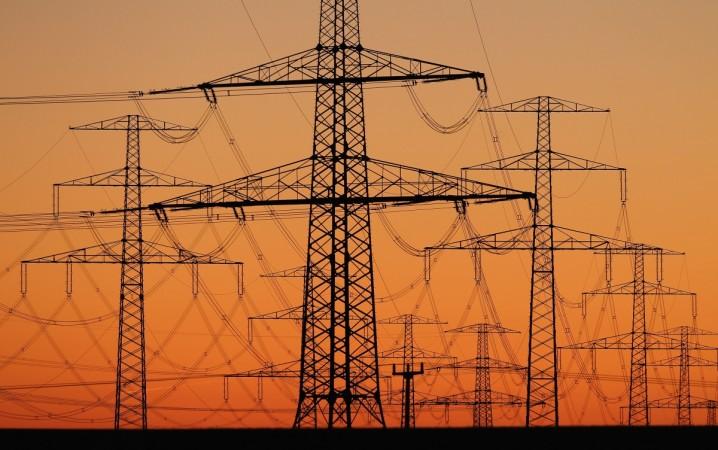
Researchers from the RMIT University in Australia have come up with a technology that can offer a cheaper and eco-friendly alternative to Lithium-ion battery. The proton battery uses only a carbon-based material to store power and can be just as small as its lithium-ion counterpart while being a lot less expensive.
This battery, which is currently under development, has the potential to replace Li-ion batteries, say the researchers.
This technology uses just a carbon electrode to store hydrogen and is coupled with a reversible fuel cell to produce electricity, according to a release put out by the University.
The carbon electrodes and protons from water is what gives the battery its edge, says lead researcher John Andrews. "Our latest advance is a crucial step towards cheap, sustainable proton batteries that can help meet our future energy needs without further damaging our already fragile environment," he said.
As energy production continues to move to a more renewable and responsible route in a bid to curb emissions, the need store energy will only get bigger, notes the report. Batteries to store energy during periods of non-production as well as during energy crises is one of the best ways to keep power supply constant. This proved to be true when in December 2017, the world's largest battery complex in South Australia responded to an emergency crisis just 140 milliseconds after the power went down at a coal-fired plant.
"The proton battery is one among many potential contributors towards meeting this enormous demand for energy storage. Powering batteries with protons has the potential to be more economical than using lithium ions, which are made from scarce resources.
"Carbon, which is the primary resource used in our proton battery, is abundant and cheap compared to both metal hydrogen-storage alloys, and the lithium needed for rechargeable lithium-ion batteries," the report said.
The proton battery works by splitting water using incoming electricity during the charging process. The carbon electrode which stores solid-state hydrogen, bonds with the protons from water. During power output, the protons are released and passed through a reversible hydrogen fuel cell which again forms water using oxygen from ambient air and in the process generates electricity. There is no loss of hydrogen gas in the evolution and splitting back into protons.
If that sounds complicated, remember that there is no burning, no carbon released, there is no loss of hydrogen, and there is no use of any super-capacitor to store or jump start the battery.
The prototype battery demonstrated is only 5.5 cm across and holds just as much power as a similarly sized Li-ion battery, say researchers, and this is even before the battery has been optimized.
"Future work will now focus on further improving performance and energy density through use of atomically-thin layered carbon-based materials such as graphene, with the target of a proton battery that is truly competitive with lithium-ion batteries firmly in sight," Andrews said.

















